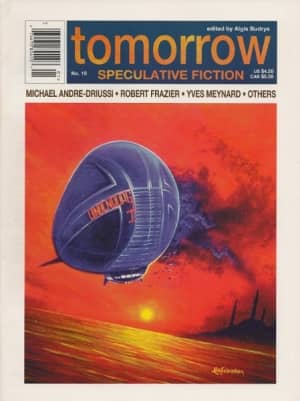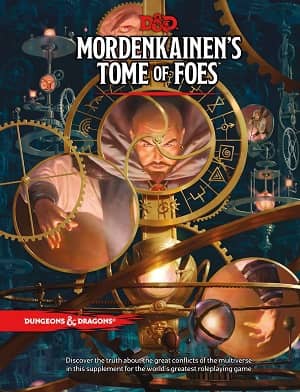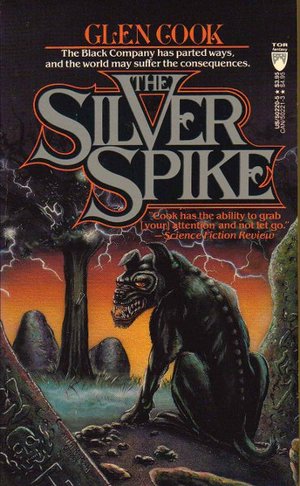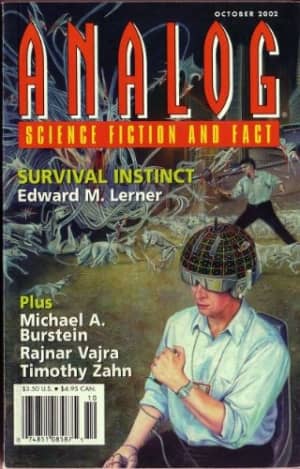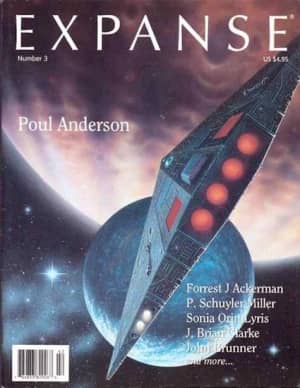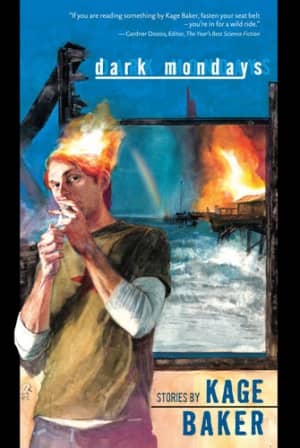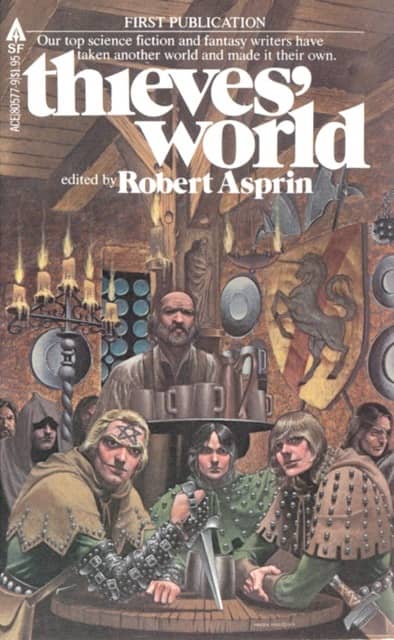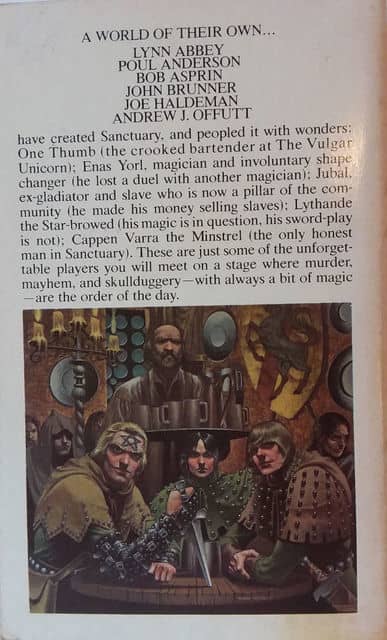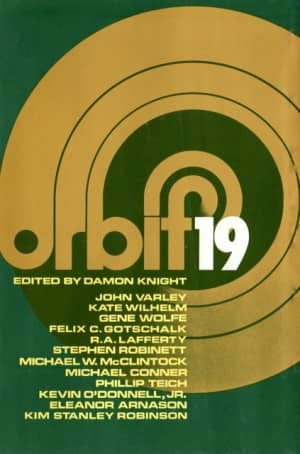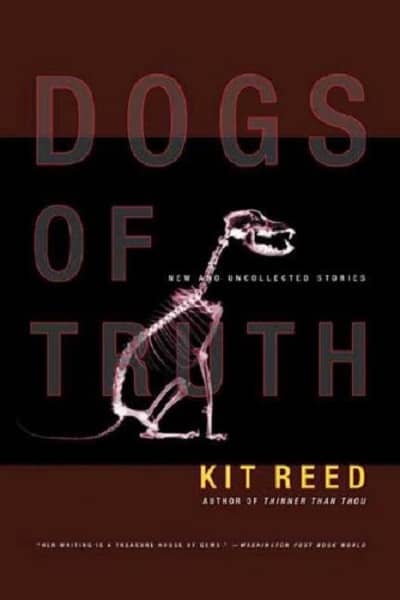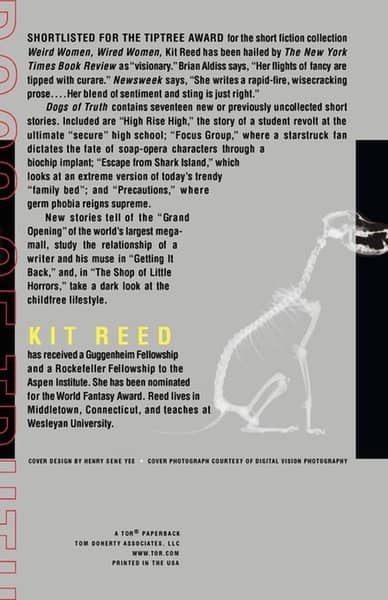Black Gate Book Club, Downbelow Station, Second Discussion
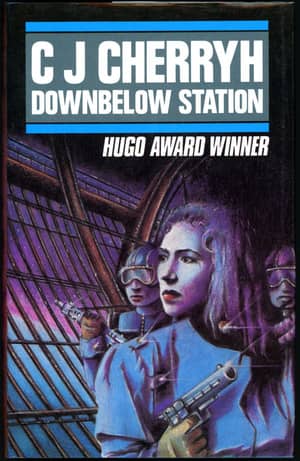 Welcome to the second round of discussion on C.J. Cherryh’s classic 1981 novel Downbelow Station. New to the program? The first discussion can be found here.
Welcome to the second round of discussion on C.J. Cherryh’s classic 1981 novel Downbelow Station. New to the program? The first discussion can be found here.
Chris Hocking gets the ball rolling this time around.
Chris Hocking
Hi people,
I had business travel to do and took Downbelow Station on the plane for some serious reading. I came away from it realizing that I had developed an unusual (for me at least) attitude toward the book.
This is an intense SF novel depicting otherworldly conflict in alien environments, but it’s tone is resolutely workaday and normalized. The exotic situations and scenes described are experienced by the characters, and presented to the reader, with matter-of-fact realism. We follow several characters whose histories and position are laid out and fitted into this fictional environment with great skill. This is a story of interplanetary war, of political maneuver and counter-maneuver, of individuals and policy makers struggling to deal with the critical issues and collateral adjustments that inevitably arise in wartime. It is executed by Cherryh with remarkable depth and solidity: the environment meshes completely with the story being told and the overall effect is very convincing. This is a powerful and deep imagination at work.
Yet having said all that, I find the book a half-step out of phase with my own reading tastes. The consistent desperation of most of the characters, the grueling effects of war and displacement are all well done and appropriate to the story being told, but for me the cumulative effect was kind of enervating. I’ve read enough bleak modern fiction and noir that this didn’t bother me much in itself, but it was coupled with the notable absence of an element I tend to seek in Science Fiction.
